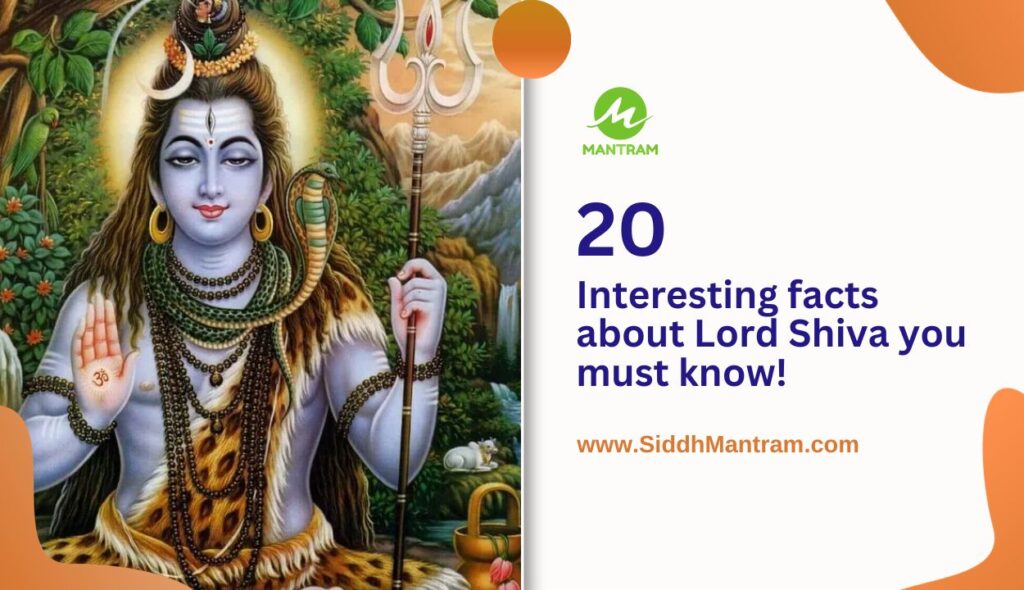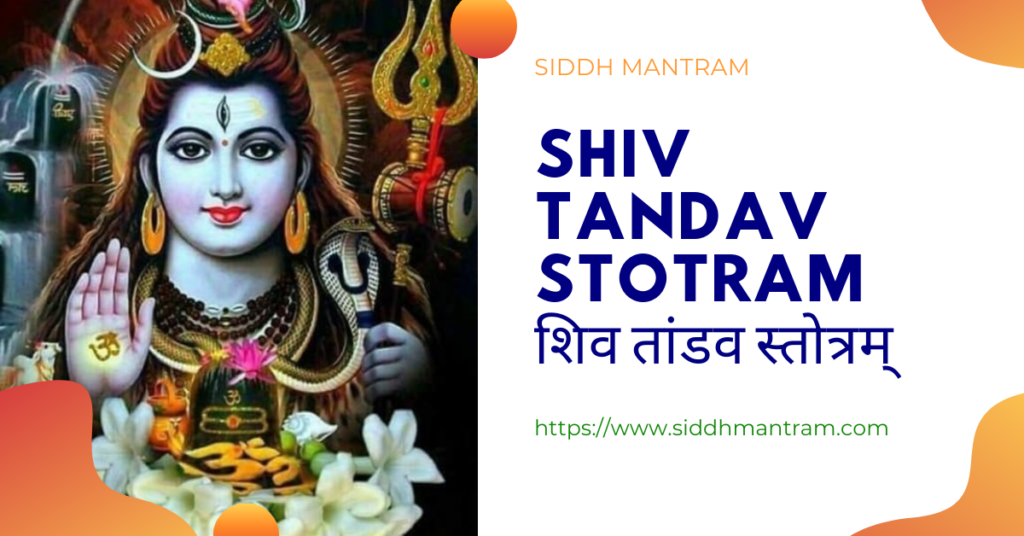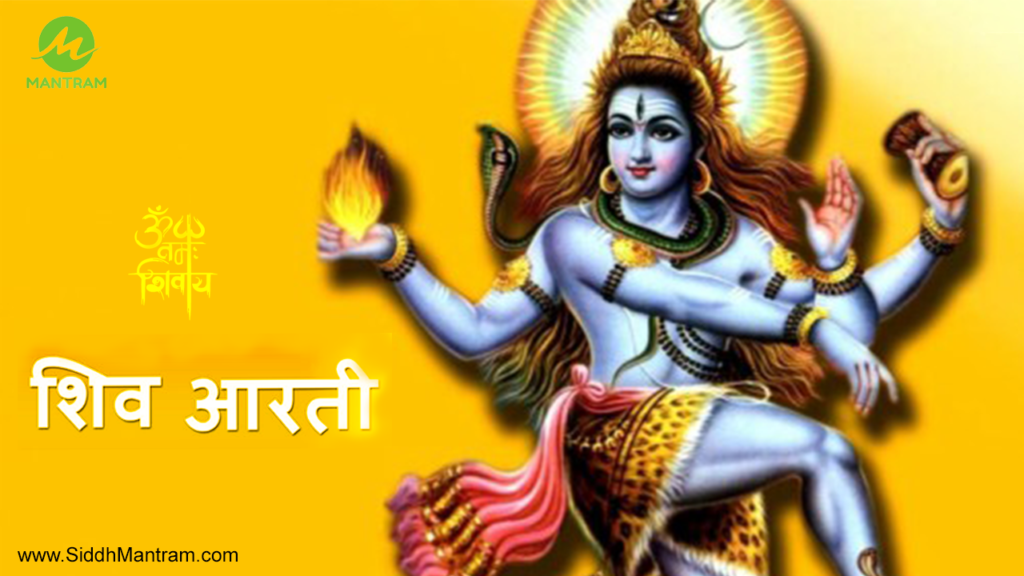Lord Shiva, also known as the Auspicious One, holds a significant and revered position in Hindu mythology.
According to the principles of Shaivism, Lord Shiva is considered one of the oldest and most powerful deities, worshipped for his role in creating, protecting, and transforming the universe.
His divine nature encompasses the ability to both create and destroy, reflecting the cyclical nature of existence.
In Hindu mythology, Lord Shiva is part of the Trimurti, the trio of supreme ancient gods, alongside Lord Vishnu and Lord Brahma.
Referred to as Devadidev Mahadev, meaning the God of all gods, Lord Shiva is the focal point of worship for those who follow the Shaivite tradition.
The tales surrounding Lord Shiva’s various manifestations and deeds reveal a multifaceted deity with profound significance in Hindu spirituality.
Let’s explore a few interesting facts about Lord Shiva you might not know-
#1 Lord Shiva has no mother or father. He is considered eternal.
#2 When performing Kathak or Bharatanatyam, a statue of Lord Shiva is placed, known as Nataraja.
#3 Worshiping a broken idol of any deity is not allowed, but a broken Shiva Linga is still worshipped.
#4 Shivaratri is celebrated because it marks the wedding day of Shiva and Parvati.
#5 Lord Shiva is the ultimate teacher, the guru of all gurus in every field of knowledge.
#6 Lord Shiva and Goddess Parvati had a son named Kartikeya, while Lord Ganesha was created by Parvati using her own skin.
#7 Lord Shiva beheaded Ganesha because he blocked Shiva from meeting Parvati, as per her instructions.
#8 After performing the Tandava dance, Lord Shiva played his damaru (drum) fourteen times, creating the basis for Sanskrit grammar.
#9 Lord Shiva never accepts the offering of the Ketaki flower as it became a witness to Brahma’s lie.
#10 Siva is acknowledged in two distinct forms: Shambu Avtar, as detailed in Puranas, portrays a calm avatar engaged in perpetual meditation, safeguarding the universe through yoga and overseeing with his third eye (Trinetra).
On the other hand, Rudra Avtar, the wrathful destroyer, is often depicted in the cosmic dance of Natraj, symbolizing the five principles of creation, preservation, destruction, illusion, and emancipation according to Shaivism and Hindu Mythology.
The cosmic dance of God Shiva, in particular, signifies the fundamental principles governing the universe.
#11 Bel leaves are commonly offered on Shiva Linga, but it must be done with water, not dry.
#12 Water from a conch shell is not poured on Shiva or the Shiva Linga because Shiva turned Shankhachuda into ashes with his trident.
#13 A snake named Vasuki wraps around Lord Shiva’s neck; he became the second king of snakes after Shesha. Shiva granted him this privilege.
#14 Nandi, Shiva’s vehicle, and the foremost among his Ganas, was originally a sage named Shilada who later became devoted to intense penance, transforming into Nandi.
#15 The river Ganga flows from Lord Shiva’s hair. To control its force, Shiva first trapped Ganga in his locks before allowing it to flow on Earth.
#16 Lord Shiva’s body turned blue after drinking the poison during the churning of the ocean, known as Samudra Manthan.
#17 Lord Shiva is considered the god of destruction.
Har Har Mahadev!



